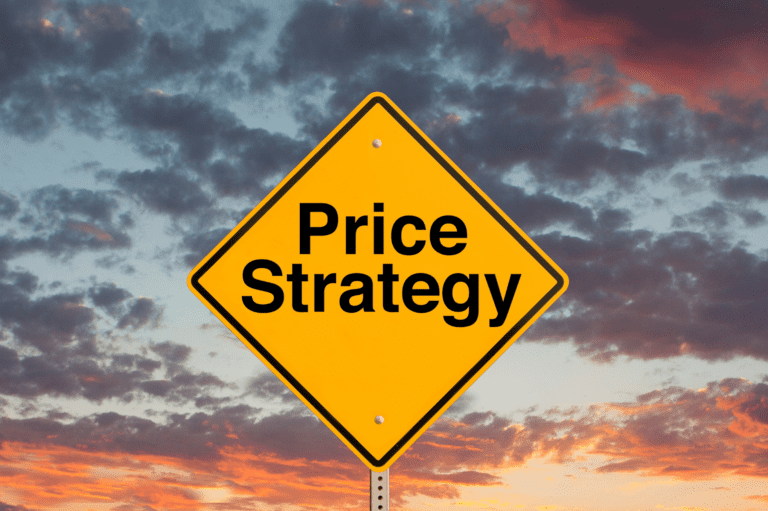Introduction
It’s important to have a healthy cash flow in your retail business. To stay on top of your finances, you should closely watch how much money is coming in and going out. You can use this information to make smart decisions that improve your cash flow and help you grow as a business owner. In this guide, we’ll cover some common causes of poor cash flow in the retail industry and explain how to address them.
- Introduction
- Create a budget and stick to it.
- Take out loans or line of credit.
- Accept credit cards and other payment methods that are convenient for customers.
- Use mobile payments.
- Consider alternative financing.
- Negotiate with vendors and suppliers.
- Ask customers to pay upfront or prepay for services.
- Offer discounts to customers who pay early.
- Reduce your expenses wherever possible (rent, marketing, etc.)
- A healthy cash flow is crucial for a successful business.
- Conclusion
Create a budget and stick to it.
- Create a budget and stick to it.
- Keep your income and expenses separate.
- Use Excel or Google Docs to keep track of your information.
Take out loans or line of credit.
If you need to make purchases that are too large to pay for with cash or credit, one option is to open an account with a bank. Banks will give you a loan or line of credit, so that you can borrow money for your business when needed. This can be helpful if you need to buy new equipment or inventory, but don’t have the cash on hand at the time.
The catch here is that borrowing money from a bank means paying it back later—with interest! However, if you set up payments in advance with automatic withdrawals from your business checking account every month, then this shouldn’t be much of an issue.
Accept credit cards and other payment methods that are convenient for customers.
Credit cards are a popular payment method. They’re convenient for customers, who don’t have to worry about carrying cash or dealing with checks. And they can be convenient for business owners too—if you accept credit cards, you’ll increase sales and make your customer experience smoother.
To accept credit card payments in your retail store, you’ll need to set up a merchant account with a bank or other financial institution (this is called “accepting” or “processing” credit cards). You can then add the ability to process credit card transactions to an existing point-of-sale system (POS), or purchase a new POS that has built-in functionality for accepting plastic.
Use mobile payments.
- No matter where your customer is, they can pay you using their phone. Customers can pay with a tap of a button, even if they don’t have cash in hand. Mobile payments are secure and convenient for customers, which means more sales!
- Set up recurring payments so they’re always paid on time, every time. If you take recurring payments through Square or PayPal, you can use that information to set up automatic deposits into your bank account each month (or weekly or daily). You’ll never have to worry about missing a payment again!
- Track payments in real time as they come in—and see how much money has been deposited into your bank account at any moment throughout the day! This makes it easier than ever to manage cash flow during those busy holiday seasons when customers aren’t paying on time because everyone wants their presents ASAP but doesn’t want them wrapped yet either…you know what I’m talking about?
Consider alternative financing.
One of the best ways to improve cash flow is to look for alternative financing. This can include loans from banks, credit unions or even friends and family.
If you are looking for bank loans, consider applying for a revolving line of credit. A revolving line of credit lets you borrow and repay money over time with interest rates lower than those on traditional loans because there’s no set term length. This type of loan may be easier to get approved for than an individual loan because it’s not always based on your business history or personal income – instead, it factors in your business’ track record and financial situation as well as any collateral (like real estate) that backs up your request.
Another option is peer-to-peer lending sites like Lending Club or Prosper Marketplace that match potential borrowers with investors who want an attractive return on their capital while helping businesses grow by giving them access to funds they couldn’t otherwise access through traditional lenders (due to high risk). For example: if someone wants $50k but only has $25k worth of collateral/asset backing their application then they might see a higher interest rate due to increased risks associated with such a small amount being used as collateral against those risks; however if they had 5 properties worth $100k each then those risks would decrease because there would be more value behind them should anything happen during repayment times.”
Negotiate with vendors and suppliers.
- Negotiate with vendors and suppliers.
- Ask for better terms.
- Ask for better prices.
- Ask for a discount or special pricing, especially if you’re a regular customer.
- Ask for a longer payment period (or no payment prior to delivery).
- Request that the minimum order quantity (MOQ) be reduced or eliminated, which will save you money on every purchase as long as your business is growing quickly enough to use it up before it goes bad or expires completely
Ask customers to pay upfront or prepay for services.
Ask clients to pay you up front or in advance for the services you provide. This will give you more cash flow, which means that your business can remain afloat even if some customers don’t pay their bills on time.
You should also ask clients to prepay for goods and services they use while they’re with you (e.g., hotel rooms, restaurant meals).
Offer discounts to customers who pay early.
Offer discounts to customers who pay early.
Offering your customers a discount to encourage them to pay early is an excellent way to get cash flow moving in your retail business. The discount can be a percentage discount or a flat fee discount, depending on what works best for you and your business needs. This can be particularly helpful if you have seasonal fluctuations in sales volume and need extra cash flow during those periods of slower sales activity, but want to avoid accepting payment later than necessary because it would mean paying out interest on the outstanding debt if the payment was made after the due date.
Reduce your expenses wherever possible (rent, marketing, etc.)
- Reduce your expenses wherever possible (rent, marketing, etc.)
- Negotiate with your landlord or possibly move to a cheaper location
- Use social media and other online marketing tools instead of traditional advertising like print or TV ads. It will be less expensive and more effective!
A healthy cash flow is crucial for a successful business.
Cash flow is the amount of money that comes into and goes out of your business. It’s also called the “cash position.” If you have a healthy cash flow, it means that more money comes in than what leaves your company. A healthy cash flow directly affects how much money is available to pay bills, hire employees and grow your business.
A strong cash flow allows you to keep up with expenses and expansion needs as they arise—and prevents financial instability or even insolvency (when there isn’t enough money to cover bills). To ensure that your business has this essential element of profitability, take these steps:
Conclusion
Cash flow is one of the most important factors to consider when starting a retail business. If you don’t have enough cash on hand, you risk having to close your doors or failing to pay your bills. However, with some forethought and planning, it’s possible to improve cash flow and stay afloat even when times are tough. The key is knowing where your money is going so that you can plan accordingly—and then sticking with those plans!

























